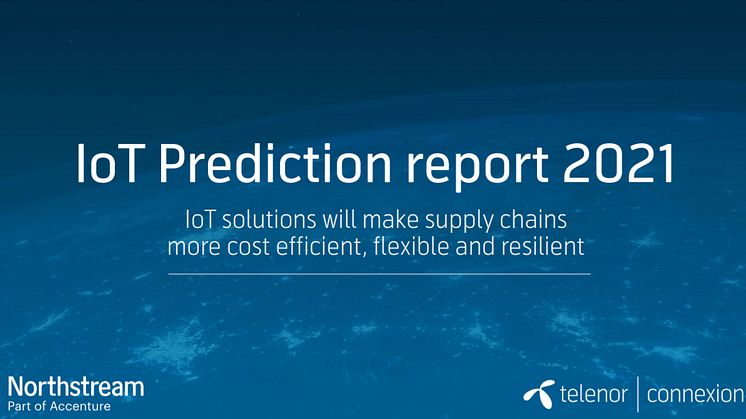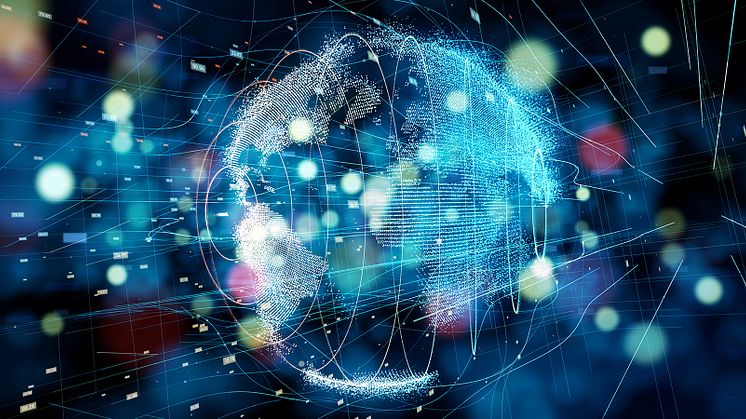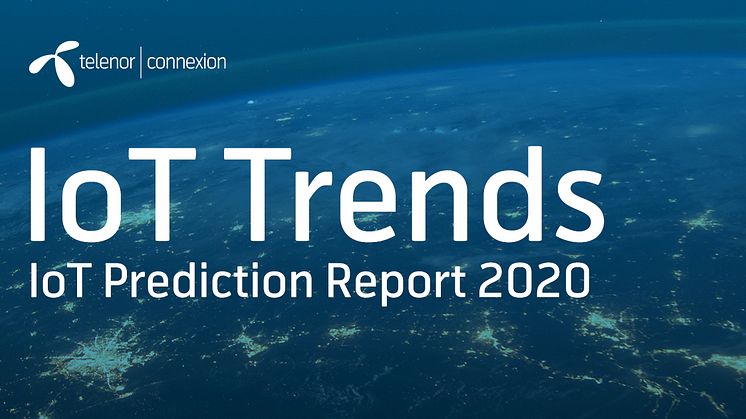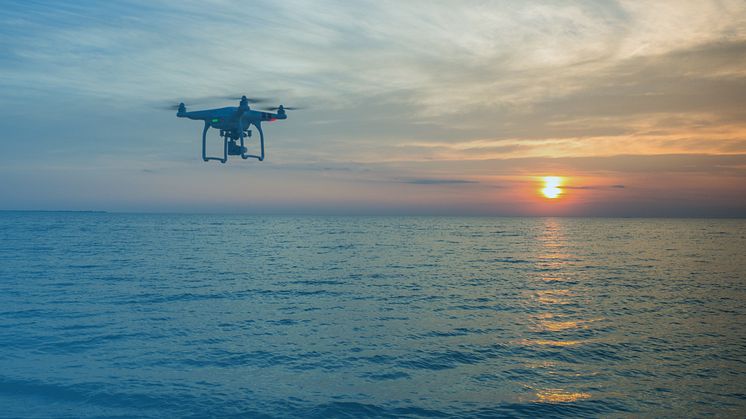
News -
Telenor Connexion and Northstream release new report: Connectivity technologies for IoT, 2020 edition
Telenor Connexion today, September 16, releases the 2020 edition of the Connectivity technologies for IoT report, produced in conjunction with Northstream. The report explores the importance of selecting the most suitable connectivity technology and highlights how that varies between different use cases and industries.
This is the third edition of the Connectivity technologies for IoT report, produced by Northstream, part of Accenture, and commissioned by Telenor Connexion.
In recent years IoT devices have evolved from test-bed technology for futuristic use cases to a core enabler of operational efficiency improvements, product enhancements and customer satisfaction.
The report presents current insights and analysis which explains how enterprises can select the most suitable connectivity technology from several alternatives such as traditional cellular (2G/3G/4G/5G), a range of low-power wide-area (LPWA) options, Wi-Fi and more.
The report groups these technology requirements into three categories – technical, commercial and ecosystem-related, thus providing a structured approach that enterprises can use to analyze their needs.
Amongst its findings, the report identifies that report’s findings LoRa, LTE-M and NB-IoT as good complements for IoT deployments in remote/wide areas. When combined, these technologies could address a large share of this market. The dynamic open ecosystem of LoRa is ideal for private networks with customized deployments, while LTE-M and NB-IoT are backed by major mobile operators offering standardized connectivity with global reach.
For applications requiring a high data rate, the report finds that the most suitable technology options are either 4G, 5G, Wi-Fi or Bluetooth Low Energy (BLE), depending on the scope of the IoT deployments.
For local short-range applications, the choice of connectivity technology is less obvious and often the interfaces and implementation of platform and application layers are more crucial aspects. At the same time, the rollout of 5G over the past year in various regions will enable a whole range of new or currently still maturing use cases, such as autonomous vehicles.
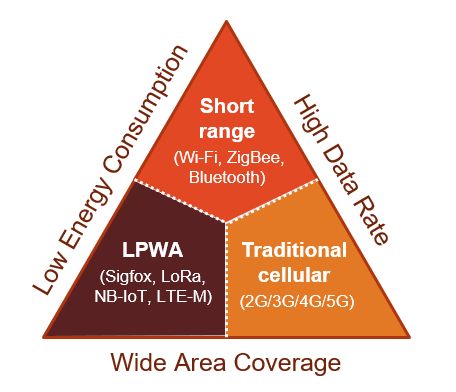
Figure 3 from the 'Connectivity technologies for IoT' report: Trade-offs on the technical level
Bengt Nordström, Managing Director of Northstream says: “Since the first edition of Connectivity technologies for IoT was released in 2016, many connectivity technologies developed specifically for IoT have evolved. Having more choices is positive but this also makes the decision-making process more complex for enterprises. This report will serve as a valuable tool in the decision-making process.”
Download the Connectivity technologies for IoT report at telenorconnexion.com.


